Chinese tea can be classified into six main types according to its production process and level of fermentation: green tea, white tea, yellow tea, oolong tea, black tea, and dark tea. Each category of tea is distinguished by the degree and method of fermentation it undergoes. During this process, the oxidation of tea polyphenols occurs at different speeds and intensities, which directly affects the color, aroma, and flavor of the brewed tea. This unique fermentation process is the reason why Chinese tea culture recognizes these six traditional categories.
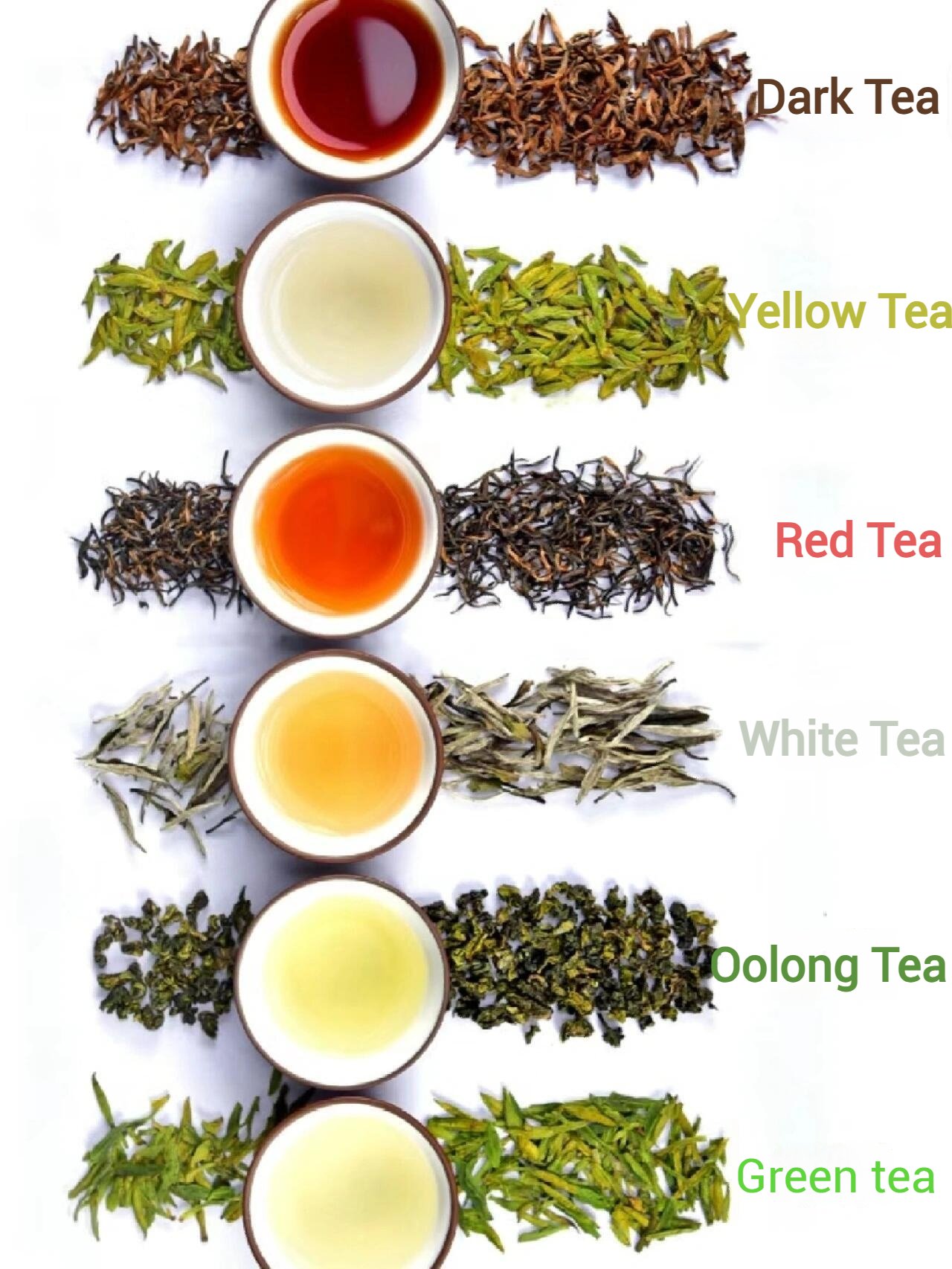
Green Tea (绿茶)
Fermentation Level: 0% – considered unfermented tea.
Characteristics: Green tea retains the natural compounds of fresh leaves, offering a bright yellow-green liquor, fresh aroma, and notes of beans and roasted chestnuts. It is crisp, refreshing, and often has a clean, grassy finish.
Production Process: Withering → Rolling → Drying. The process avoids fermentation to preserve nutrients and color.
Representative Teas: West Lake Longjing (Dragon Well), Biluochun, Huangshan Maofeng.
Health Benefits: Rich in tea polyphenols, catechins, and caffeine, green tea is valued for its antioxidant effects, boosting energy, supporting metabolism, and protecting against free radicals.
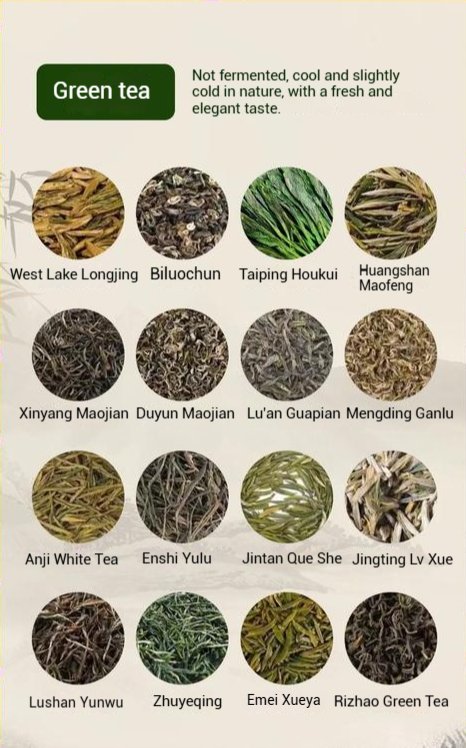

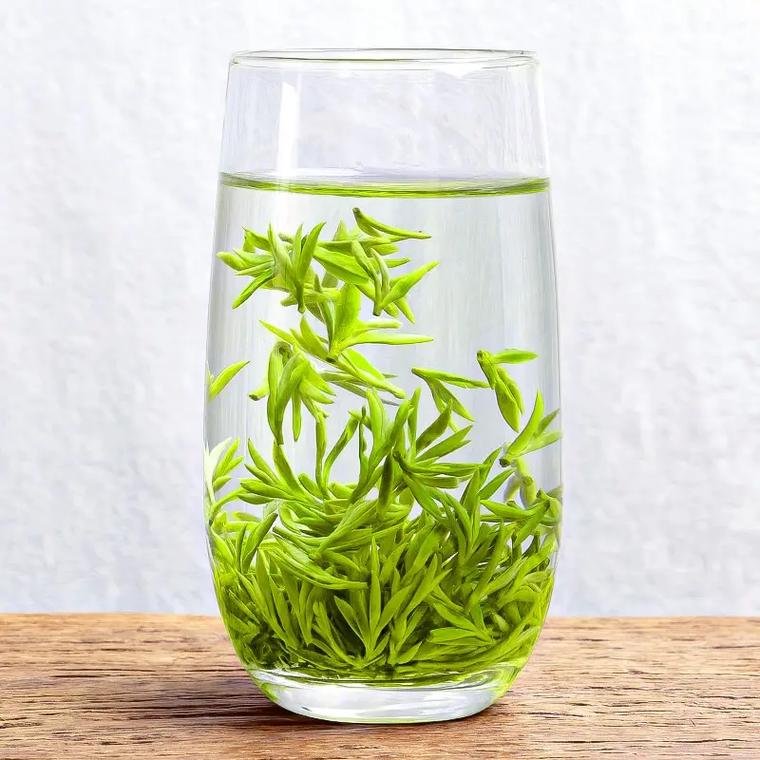
White Tea (白茶)
Fermentation Level: Lightly fermented (5–10%).
Characteristics: White tea is the most naturally processed tea, with delicate silver buds and leaves. The infusion is pale yellow with a subtle floral and honey-like fragrance. Its flavor is mellow, sweet, and smooth, often described as soothing and elegant.
Production Process: Withering → Gentle Drying. Minimal processing preserves the natural shape and nutrients of the leaves.
Representative Teas: Fuding Silver Needle (Baihao Yinzhen), White Peony (Bai Mudan), Shoumei.
Health Benefits: Known as a cooling tea in traditional Chinese medicine, white tea is rich in antioxidants and amino acids, believed to support skin health, boost immunity, and promote relaxation.
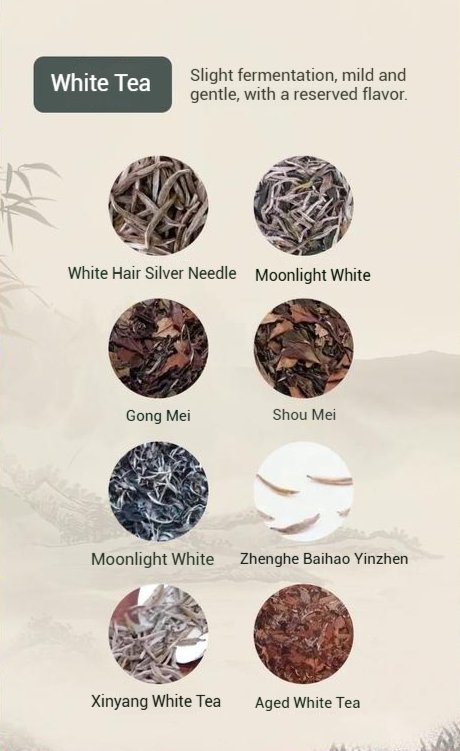
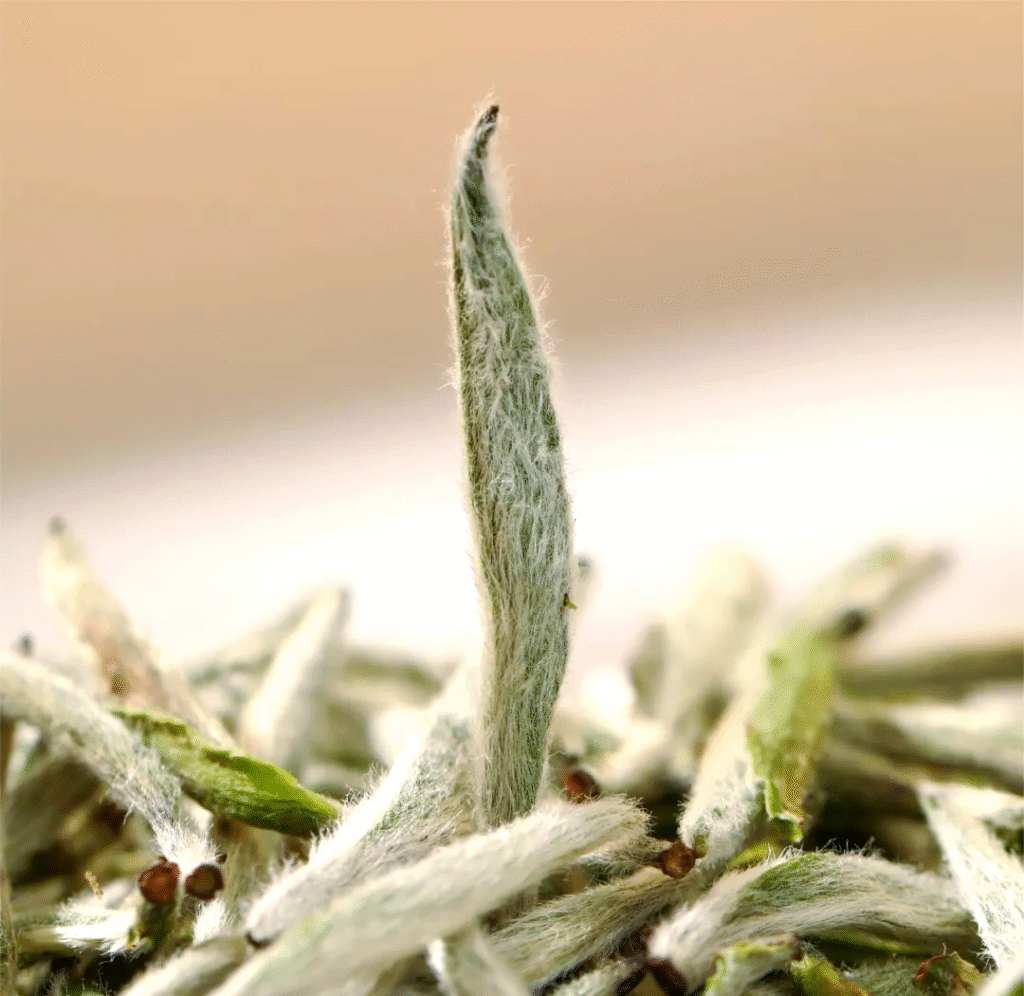
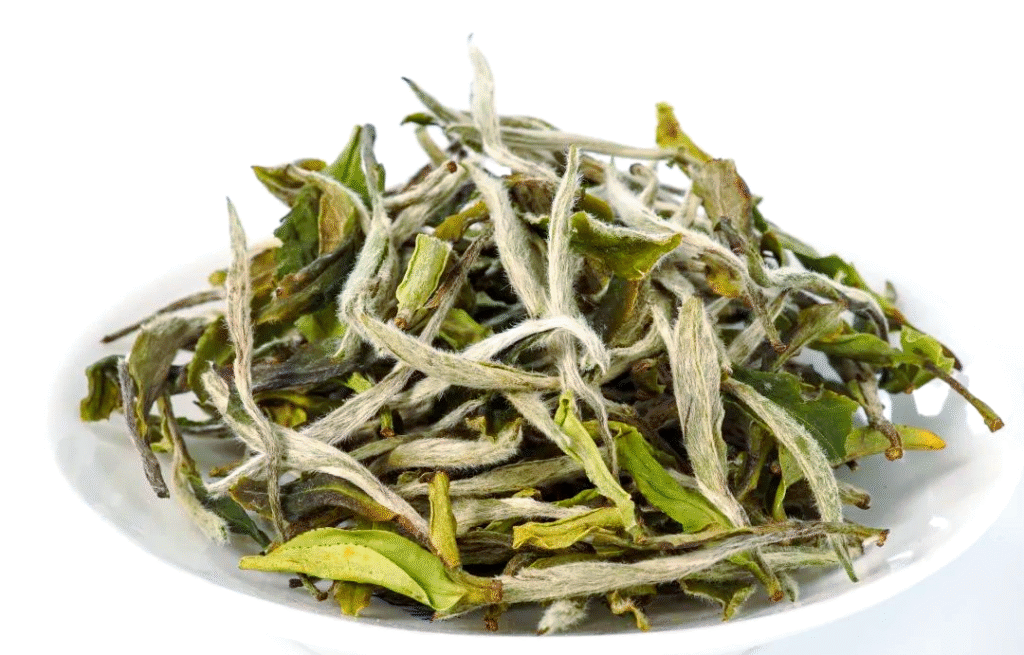
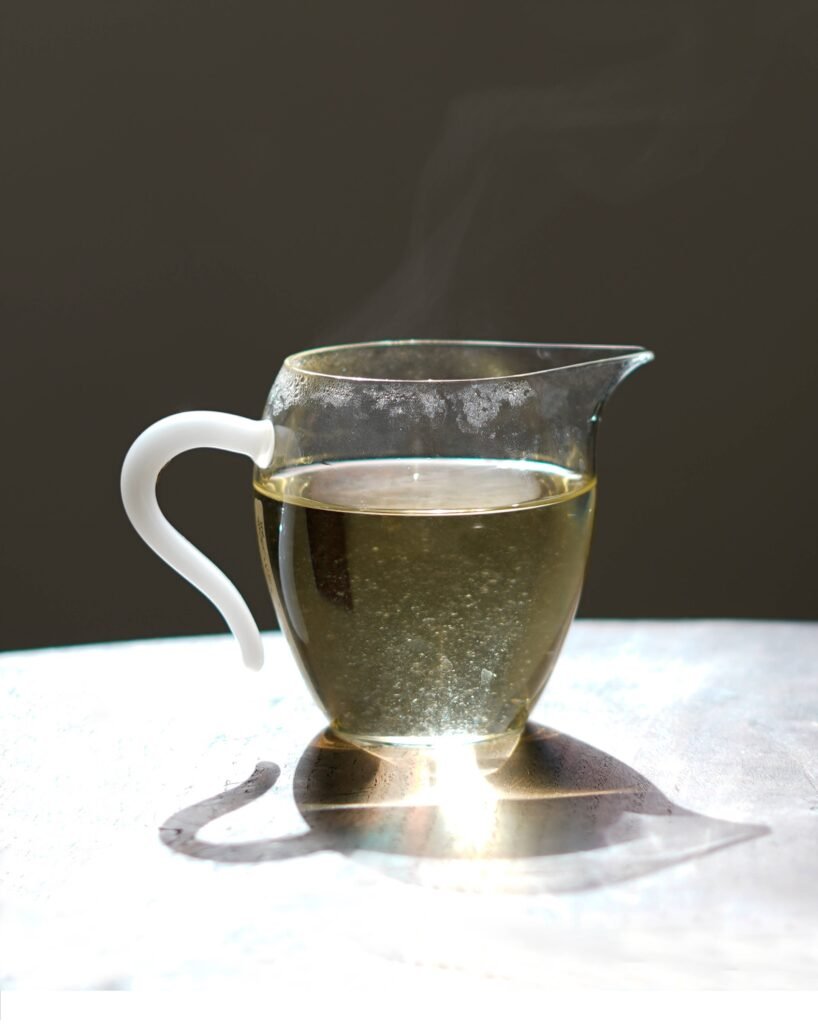
Yellow Tea (黄茶)
Fermentation Level: Lightly fermented (10–20%).
Characteristics: Yellow tea is rare and prized for its golden-yellow liquor and smooth, mellow flavor. It has a slightly fruity and floral aroma with less bitterness than green tea.
Production Process: Fixation → Rolling → Sealed Yellowing → Drying. The unique “yellowing” step distinguishes it from green tea.
Representative Teas: Junshan Yinzhen, Huoshan Huangya, Mengding Huangya.
Health Benefits: Yellow tea retains many nutrients like green tea but is gentler on the stomach. It is said to aid digestion, improve metabolism, and help reduce inflammation.
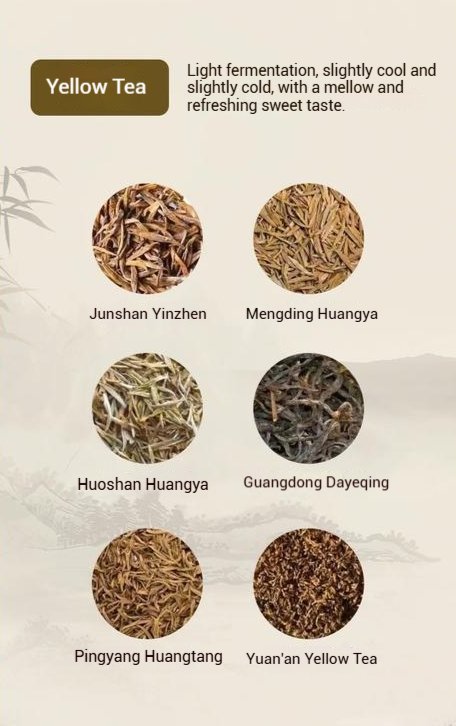
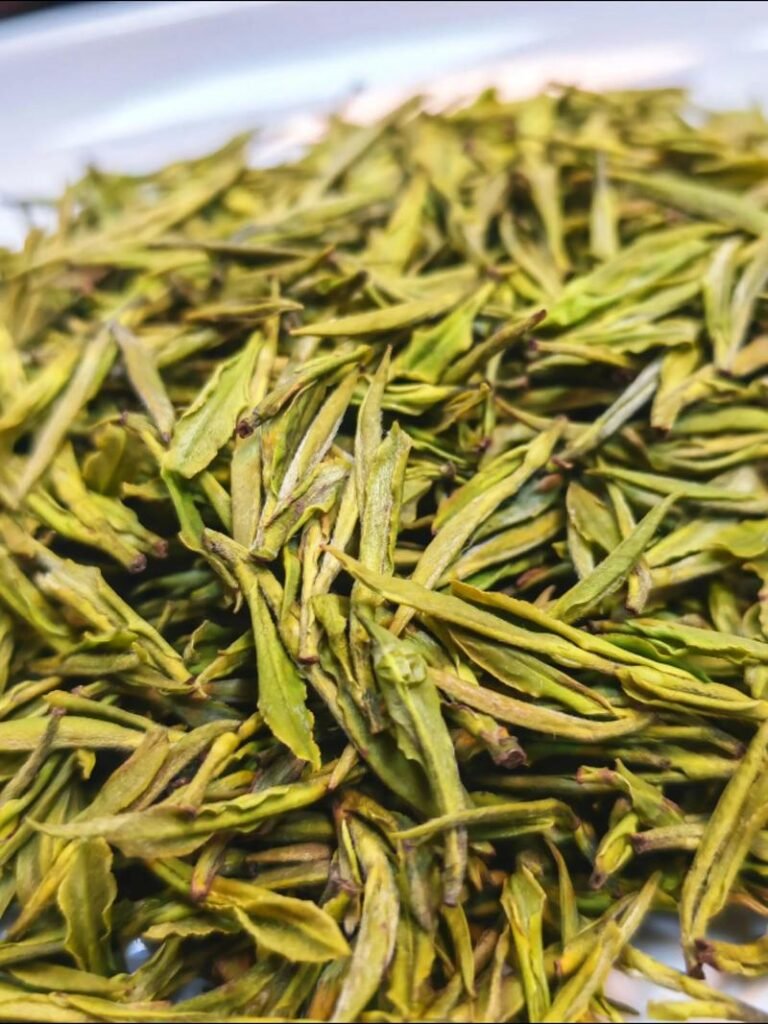
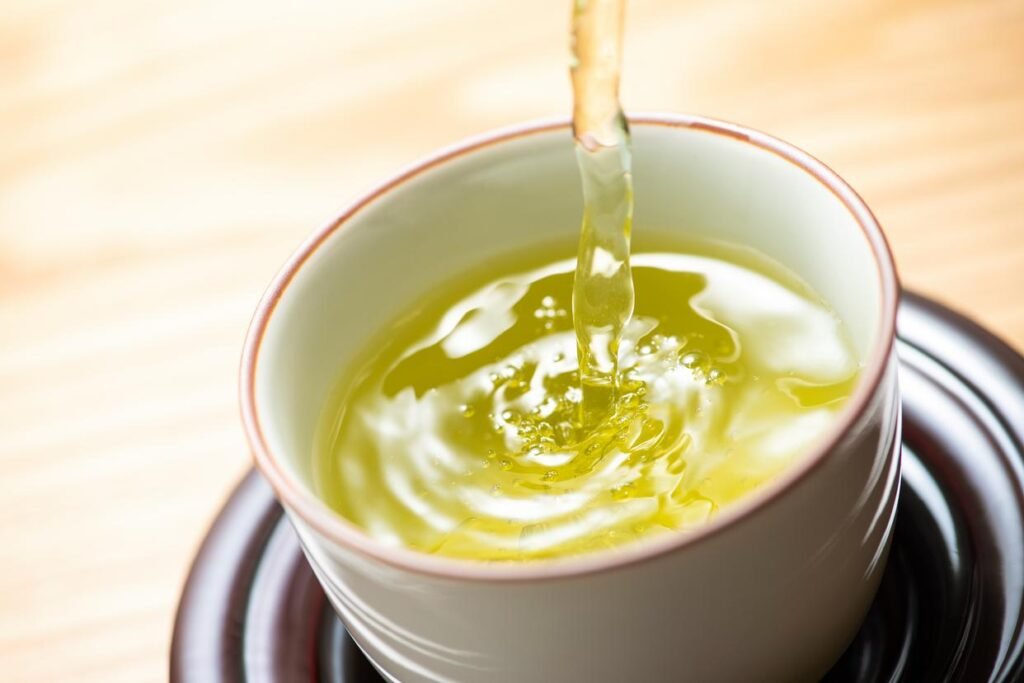
Oolong Tea (乌龙茶)
Fermentation Level: Semi-fermented (20–70%).
Characteristics: Oolong tea combines the freshness of green tea with the depth of black tea. Its liquor ranges from golden to amber, with a complex aroma often carrying floral, fruity, or roasted notes. The taste is layered, rich, and long-lasting.
Production Process: Withering → Bruising → Partial Fermentation → Fixation → Rolling → Roasting.
Representative Teas: Tieguanyin from Anxi, Da Hong Pao from Wuyi Mountains, Dong Ding Oolong from Taiwan.
Health Benefits: Oolong tea is often praised for its weight management benefits, as it helps boost fat metabolism and digestion. It also contains antioxidants and polyphenols that promote heart health and mental clarity.
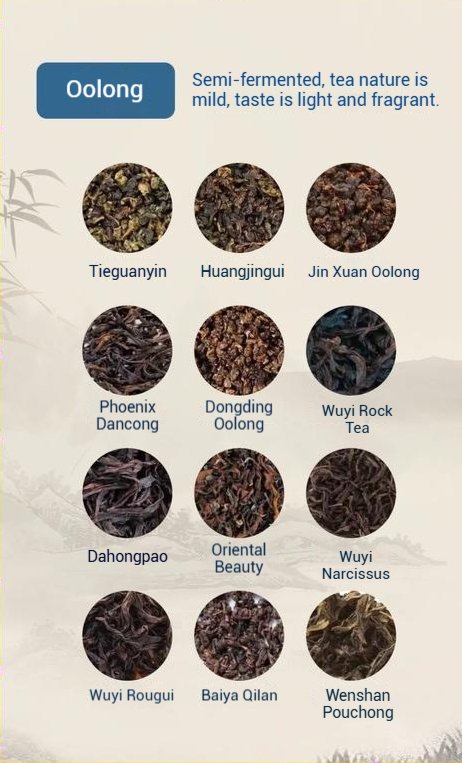

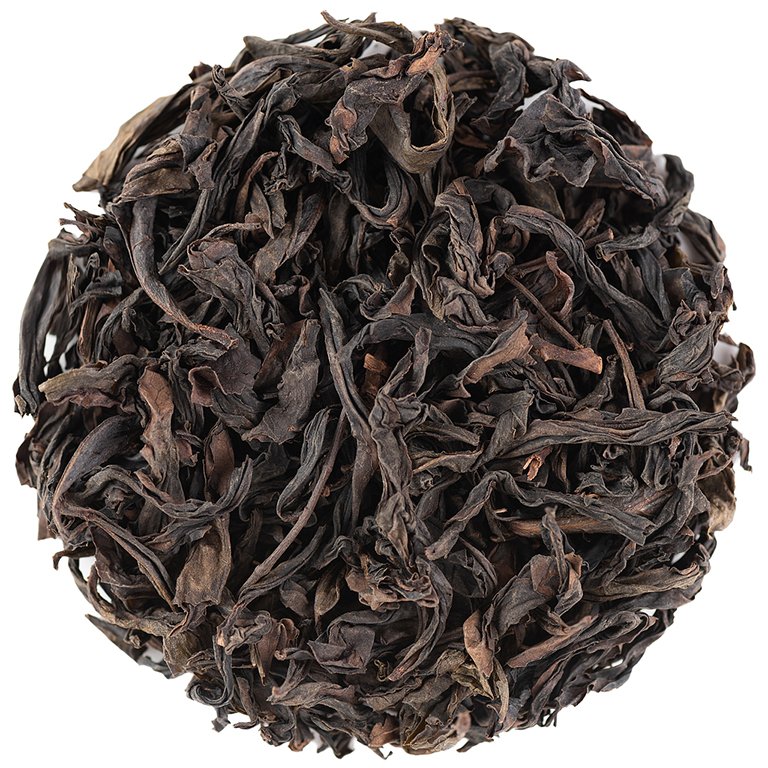

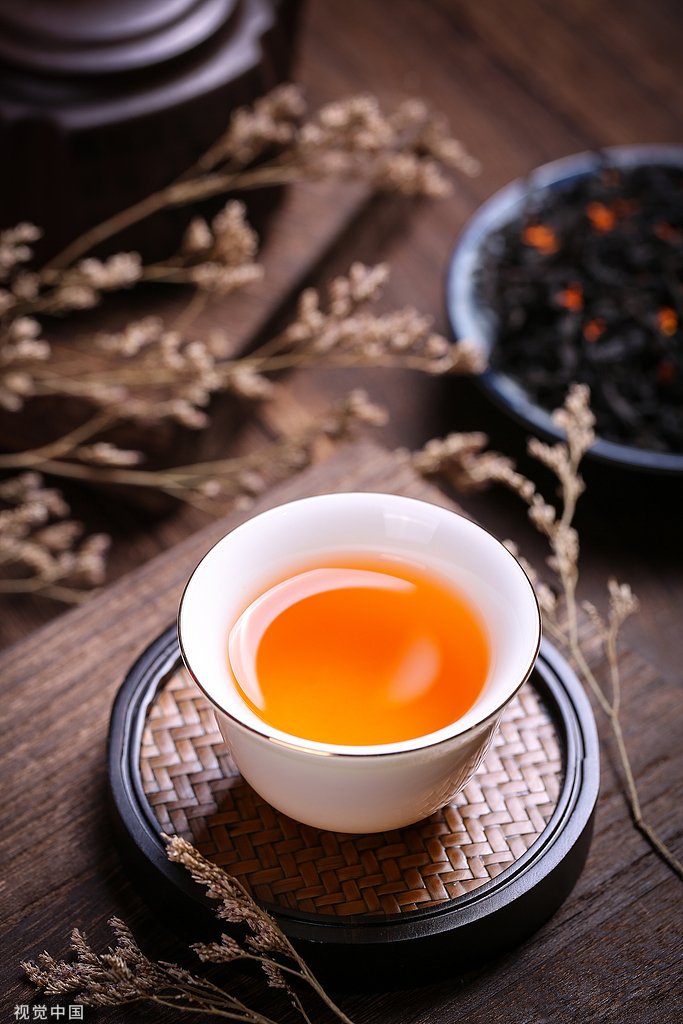
Black Tea (红茶)
Fermentation Level: Fully fermented (80–90%).
Characteristics: Known as “Hong Cha” in Chinese, black tea has a reddish-brown liquor with a rich, malty, and sometimes fruity flavor. It is bold, smooth, and often has a natural sweetness.
Production Process: Withering → Rolling → Full Fermentation → Drying.
Representative Teas: Keemun Black Tea (Qimen Hong Cha), Dianhong from Yunnan, Lapsang Souchong (Zhengshan Xiaozhong).
Health Benefits: Black tea is a popular morning beverage worldwide due to its higher caffeine content. It supports energy, concentration, digestion, and cardiovascular health, while also offering antioxidants that may protect against aging.
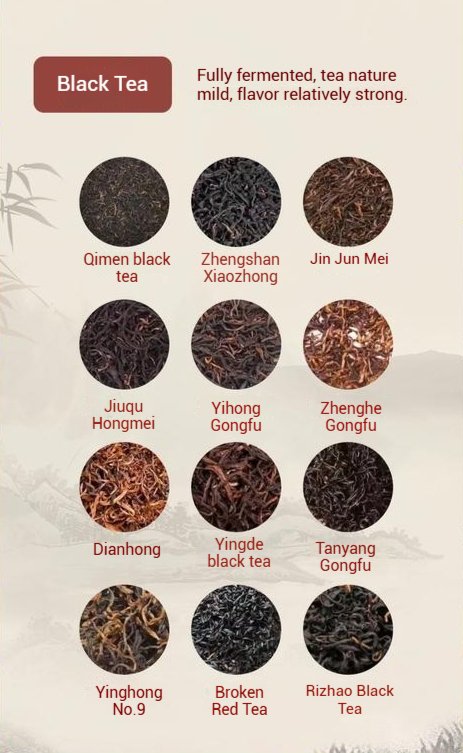
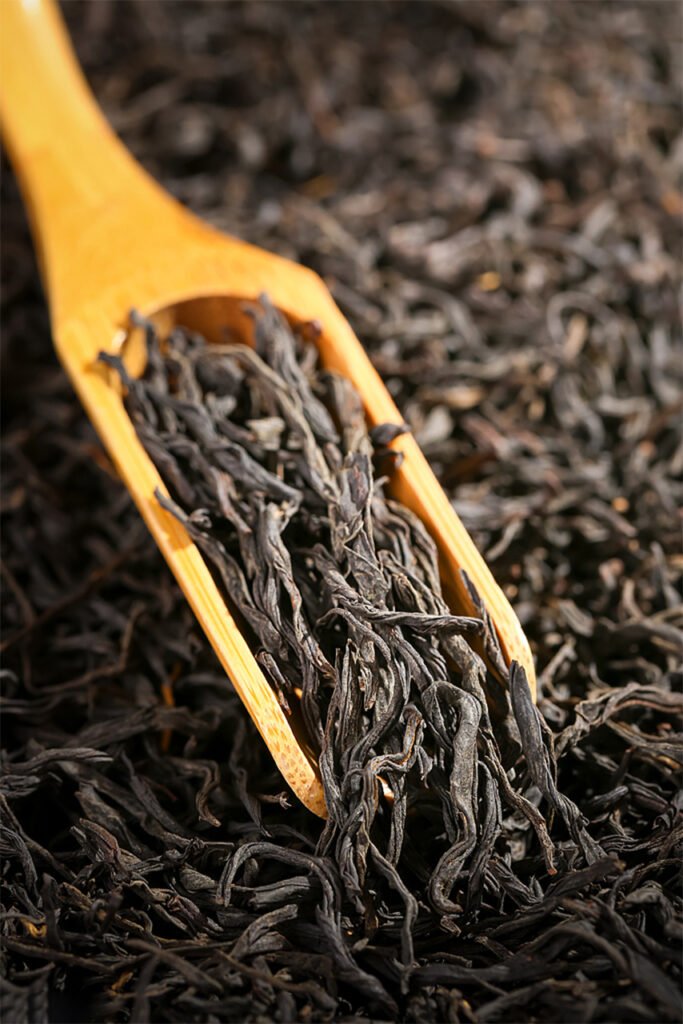

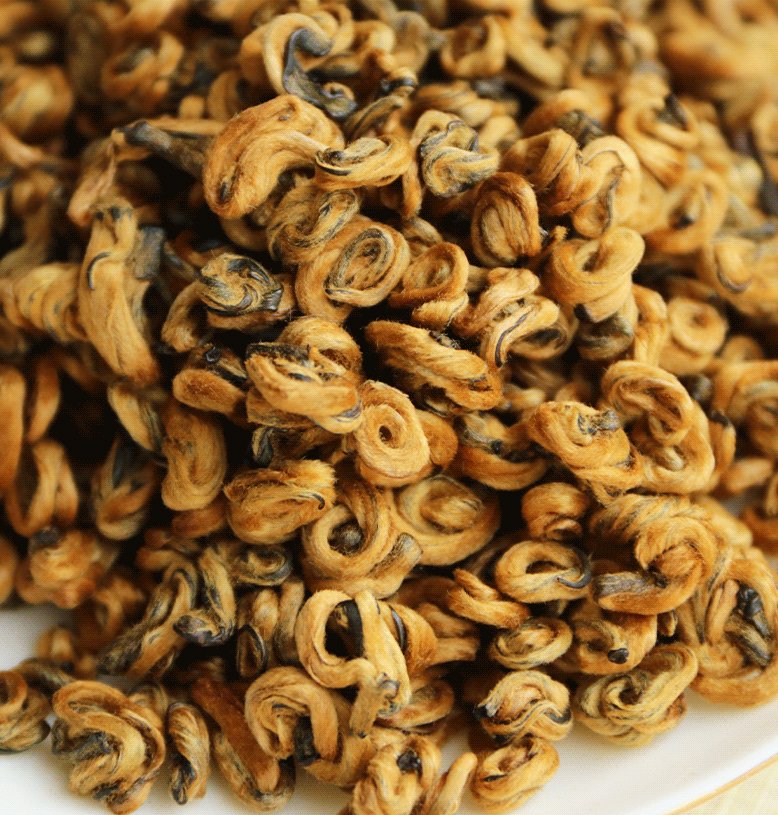
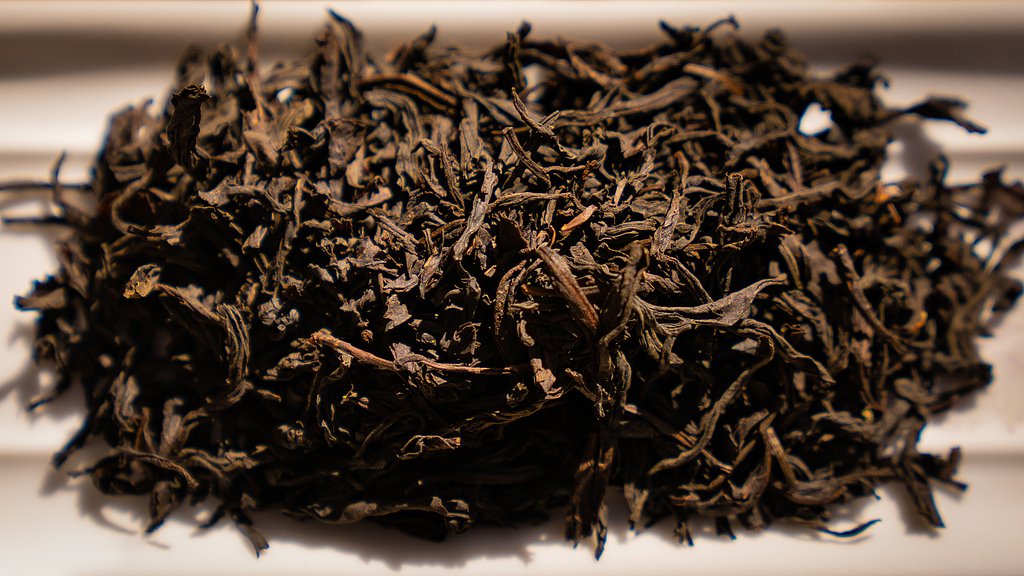
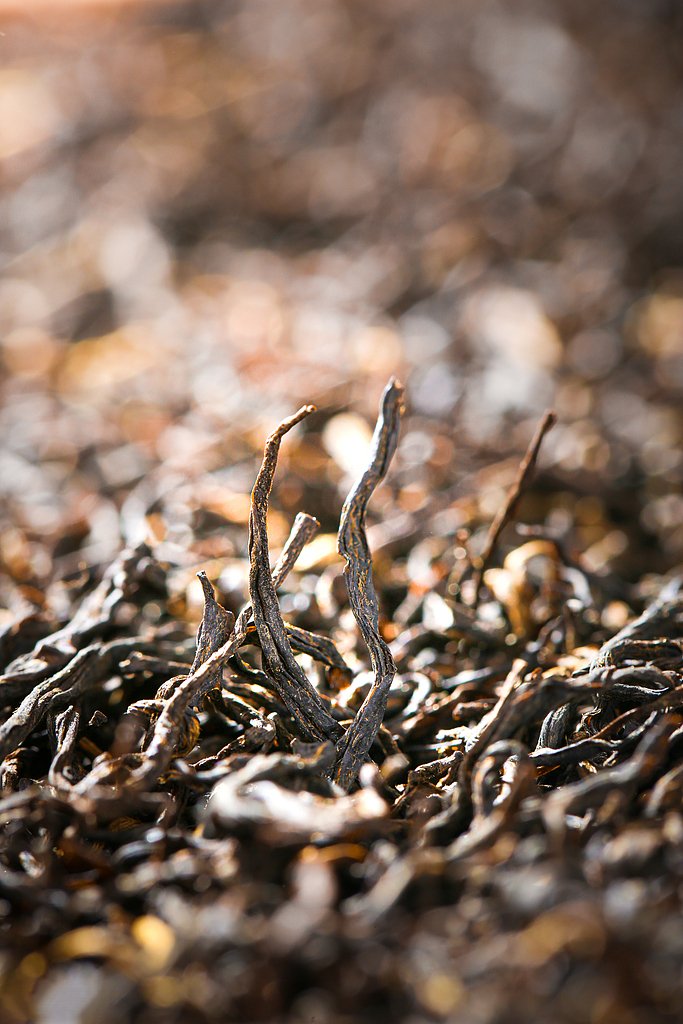


Dark Tea (黑茶)
Fermentation Level: Post-fermented.
Characteristics: Dark tea undergoes microbial fermentation after initial processing, giving it a dark brown liquor with an earthy, mellow flavor. It often develops richer flavors over time, similar to aged wine.
Production Process: Withering → Rolling → Piling (post-fermentation) → Drying → Aging.
Representative Teas: Pu-erh Tea from Yunnan, Anhua Dark Tea from Hunan, Liubao Tea from Guangxi.
Health Benefits: Dark tea is known for aiding digestion, reducing grease after heavy meals, lowering cholesterol, and promoting gut health due to its natural probiotics. Pu-erh tea, in particular, is prized for its weight management and detoxification properties.
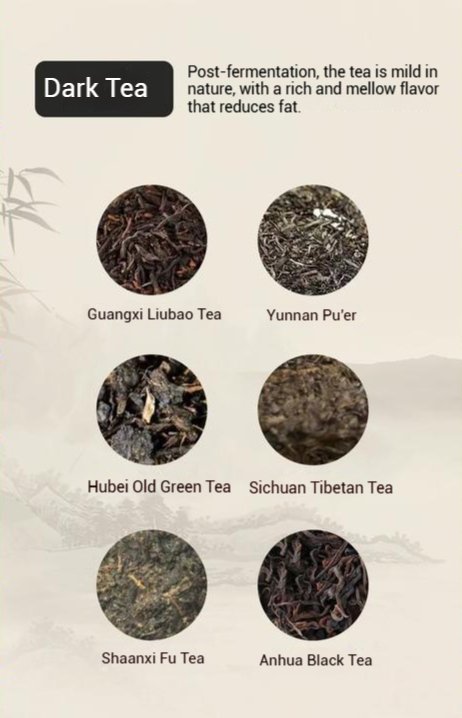
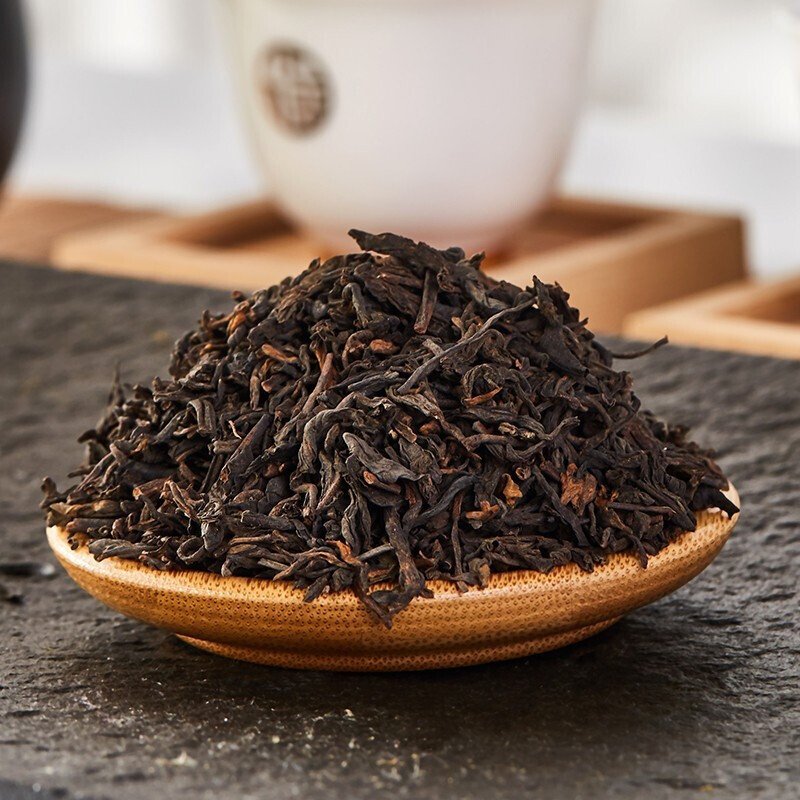
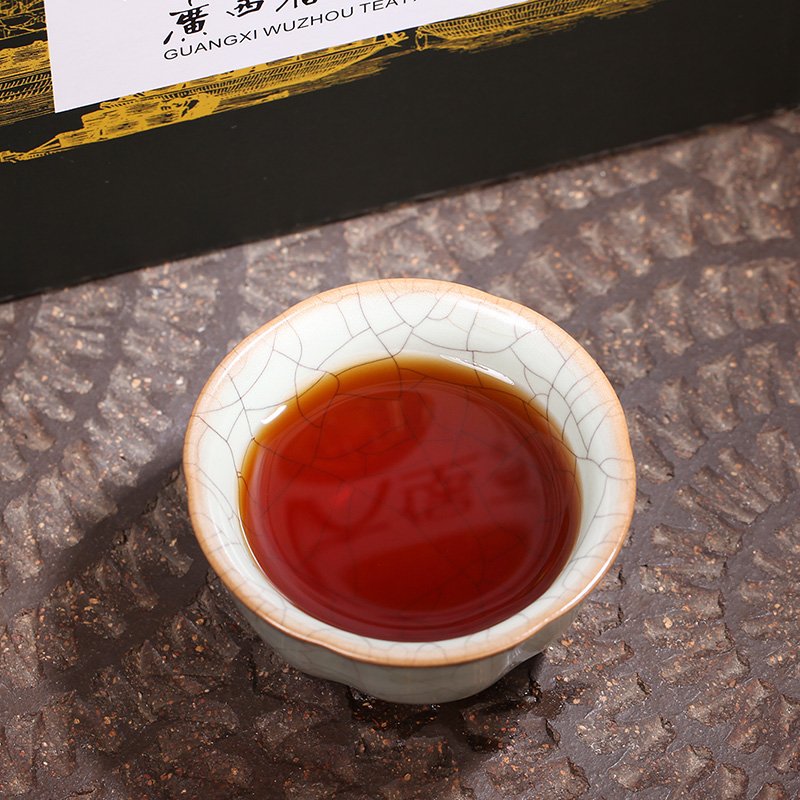
Conclusion
The six types of Chinese tea—Green, White, Yellow, Oolong, Black, and Dark—each offer unique flavors, aromas, and health benefits shaped by their production processes and levels of fermentation. From the freshness of Green Tea to the aged depth of Dark Tea, these varieties reflect the diversity and richness of Chinese tea culture.
For tea lovers and beginners alike, exploring these categories is a journey into both taste and tradition.

